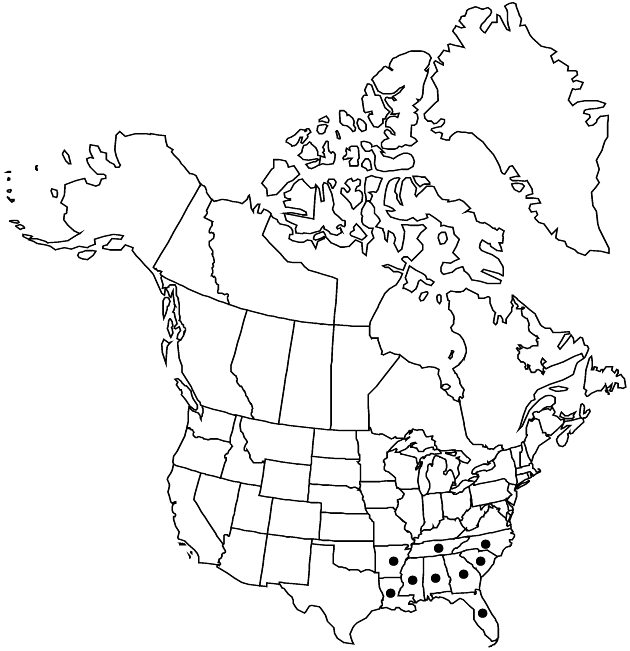Difference between revisions of "Eupatorium semiserratum"
in A. P. de Candolle and A. L. P. P. de Candolle, Prodr. 5: 177. 1836.
imported>Volume Importer |
imported>Volume Importer |
||
| Line 1: | Line 1: | ||
{{Treatment/ID | {{Treatment/ID | ||
|accepted_name=Eupatorium semiserratum | |accepted_name=Eupatorium semiserratum | ||
| − | |accepted_authority= | + | |accepted_authority=de Candolle |
|publications={{Treatment/Publication | |publications={{Treatment/Publication | ||
|title=in A. P. de Candolle and A. L. P. P. de Candolle, Prodr. | |title=in A. P. de Candolle and A. L. P. P. de Candolle, Prodr. | ||
| Line 41: | Line 41: | ||
-->{{#Taxon: | -->{{#Taxon: | ||
name=Eupatorium semiserratum | name=Eupatorium semiserratum | ||
| − | |authority= | + | |authority=de Candolle |
|rank=species | |rank=species | ||
|parent rank=genus | |parent rank=genus | ||
| Line 55: | Line 55: | ||
|publication year=1836 | |publication year=1836 | ||
|special status=Endemic | |special status=Endemic | ||
| − | |source xml=https:// | + | |source xml=https://bitbucket.org/aafc-mbb/fna-data-curation/src/2e0870ddd59836b60bcf96646a41e87ea5a5943a/coarse_grained_fna_xml/V19-20-21/V21_1187.xml |
|tribe=Asteraceae tribe Eupatorieae | |tribe=Asteraceae tribe Eupatorieae | ||
|genus=Eupatorium | |genus=Eupatorium | ||
Latest revision as of 20:08, 5 November 2020
Perennials, 40–100+ cm. Stems (from short rhizomes) single, densely branched distally, puberulent throughout. Leaves usually opposite (distal sometimes alternate, lateral buds dormant or producing 1 pair of leaves); simple, sessile or subsessile; blades ± 3-nerved distal to bases, elliptic to lance-elliptic, (30–)50–70 × 5–25 mm (lengths mostly 2–5 times widths), bases narrowly cuneate, margins usually serrate, apices acute, faces puberulent or villous, densely gland-dotted. Heads in corymbiform arrays. Phyllaries 7–10 in 2–3 series, elliptic, 1–3 × 0.5–1 mm, apices rounded to acute (not mucronate), abaxial faces puberulent, gland-dotted. Florets 5; corollas 2.5–3 mm. Cypselae 1.5–2 mm; pappi of 30–40 bristles 2.5–3 mm. 2n = 20.
Phenology: Flowering Aug–Sep.
Habitat: Moist to boggy, sandy, peaty soils, margins of pine flatwoods, gum swamps, bayheads, disturbed sites, roadsides
Elevation: 10–100+ m
Distribution

Ala., Ark., Fla., Ga., La., Miss., N.C., S.C., Tenn.
Discussion
Eupatorium semiserratum has been included within E. glaucescens (E. cuneifolium); it is distinguished by its consistently smaller heads and stems that branch only within the capitulescences. It differs from the similar and sometimes sympatric E. lancifolium by its smaller heads, leaves 3-nerved distal to bases (rather than at bases), as well as preference for wetter habitats. It has been proposed that E. rotundifolium var. scabridum (E. pubescens) represents hybrids between E. semiserratum and E. rotundifolium; it also apparently hybridizes with E. hyssopifolium.
Selected References
None.